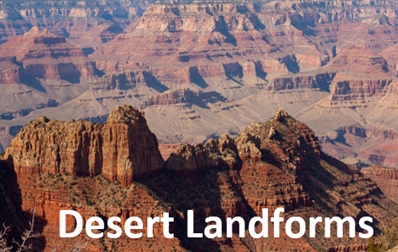2. Physical Processes and Landscapes
Lesson Plans for Physical Processes and Landscapes
These learning activities cover everything in the IB guide for this topic. Lesson plans include resources to use on an interactive whiteboard and worksheets to print. The pages have full student access to give maximum flexibility to the teacher and the student. There are theoretical notes for extended reading and teacher notes at the top that provide timing information lesson objectives and activity instructions
Syllabus
Glacial processes of erosion, transport and deposition, and landscape features in glaciated areas, including cirques/corries, lakes, pyramidal peaks/horns, arêtes, glacial troughs; lateral, medial and terminal moraine and erratics
Periglacial processes of freeze-thaw, solifluction and frost heave, and periglacial landscape features, including permafrost, thermokarst, patterned ground and pingos
Glacial Environments
This page introduces you to the glacial environment. It provides a visually rich learning space to explore different glacial environments, the processes that form glaciers, the glacial budget and the movement of both Polar and Alpine (temperate) glaciers. It includes a starter activity, documentary videos, a class presentation and student reading and worksheets. It also includes more in depth student investigations through a number of online interactive resources. It provides a visual structure that allows students to explore the scale of glacial processes either independently or in the class environment.
Glacial Erosion and Landforms.
This page provides an overview of glacial erosion and develops this through a number of well chosen videos, and class presentation. there are a number of smaller activities set within this page as well as a 7 page printable PDF. The page develops different erosional landforms found at different locations and at different scales, from the largest features such as pyramidal peaks to smallest like striations and roche moutoneées.
Glacial Deposition and Landforms
This page provides a visual approach to exploring both glacial and fluvioglacial depositional features. You can find a number of outstanding class room resources, presentation tools and student worksheets. The page also hosts a virtual field work exercise using Google Earth and Formative, whereby students investigate and measure the physical characteristics of different deposition features
Periglacial Environments and Processes
This page provides in-depth resources to explore the location, distribution and physical characteristics of different periglacial landforms, including thermokarst, patterned ground and pingos. It uses maps, original graphics, animations and videos to develop clear understanding of the characteristics of periglacial features and processes as well as an understanding of the processes that form such unique landforms.
Syllabus
Physical and chemical weathering in hot arid environments, and erosion, transportation and deposition by wind and water
Hot, arid landscape features, including dunes, wadis, rock pedestals, mesas and buttes
Hot Arid Environments and Processes
This page hosts resources and content that will introduce students to the desert environment and develops the characteristics and key features and processes of desert environments. These include the processes of weathering, water and wind. It places a key focus on weathering. The page includes some well chosen videos and animations and has some creating learning activities, including a cool classification walk around activity.
Desert Landforms
This page is structured in terms of landforms that form predominantly from wind and landforms that form landforms predominantly from water. The main focus is on the processes of erosion but some features of deposition such as dunes and bajadas are developed as well as processes of weathering and transportation. There are detailed subject notes for students to read and develop their own notes independently. there are also printable worksheets that can be completed alongside the page, which is visual and informative. Some of the more creative learning activities involve a class learning walk and plasticine desert landscapes.







